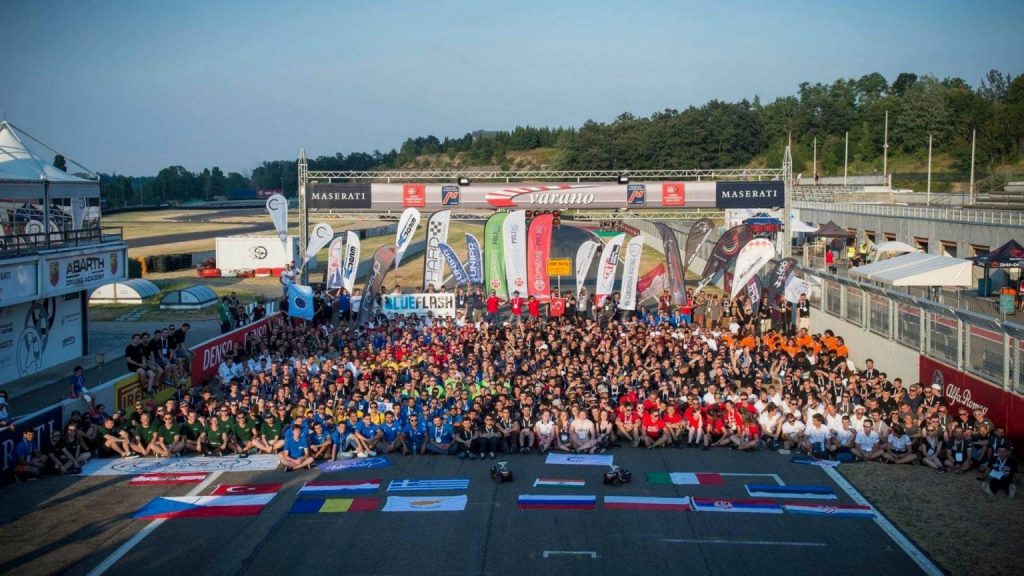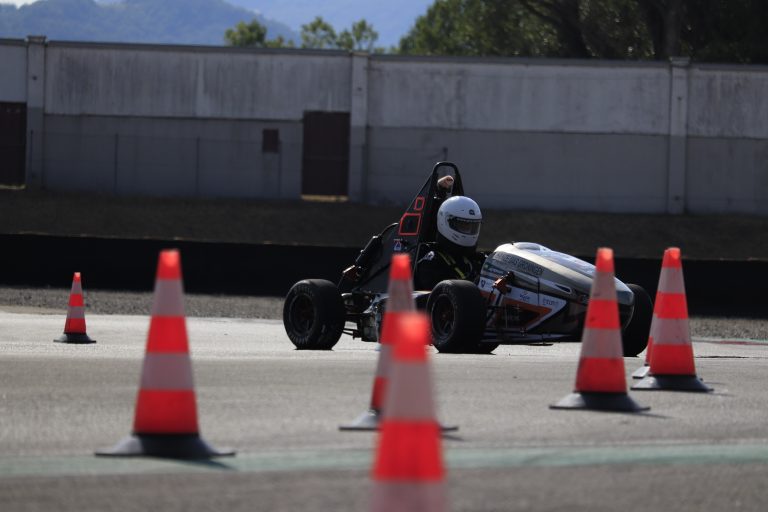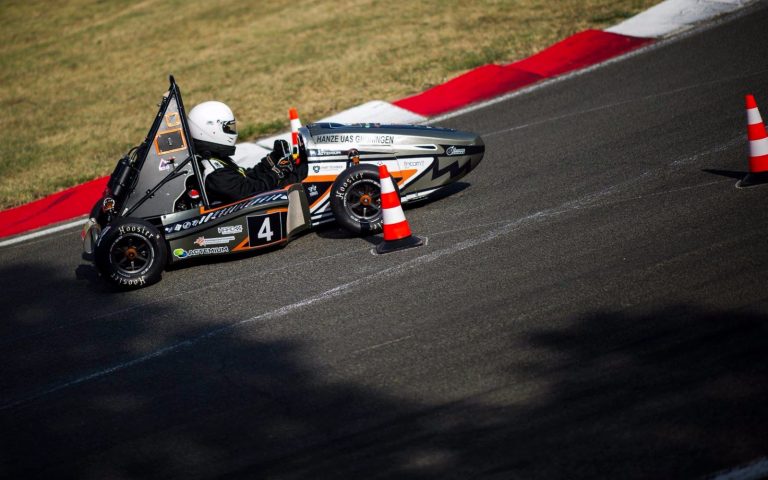ABOUT FORMULA STUDENT

Founded in 1980 at the University of Texas in Austin as Formula SAE, today Formula Student is one of the most prestigious academic motorsport competitions in the world, with the goal of generating competent and proficient students on engineering, organisational, and communication and marketing role through a novel and innovative year-long project. Moreover, the students have the unique opportunity to apply the knowledge that has been gathered from their studies to research, design, produce, and build their very own racecar.
THE COMPETITION
With over 819 teams from more than 40 countries from around the world, the competition took place in some of the most renowned race track in the world, such as Hockenheimring in Germany, Silverstone in the UK, Assen in The Netherlands, and much more. To win the competition, the team needs to gain points from two separate events. The on-track “dynamic events” and the off-track “static events”. With the maximum achievable of 1000 points, teams from around the world compete with each other to be the best of the best.
STATIC EVENTS
THE STATIC EVENTS CONSIST OF A DESIGN EVENT, BUSINESS PRESENTATION, AND COST EVENT.
In the Design event, the team needs to present the car along with all the necessary documentation. The judge will assess the car based on the documentation of the design, so simply showing up with a great car is not enough! The judges will put emphasis on the team’s ability to design, build, refine and validate, and understand their own car.
In the Business Presentation event, the team needs to present a comprehensive business plan to the judges, as they are trying to convince an investor to invest in the car. The presentation needs to convince the judges that the car can meet the demands of the amateur weekend driver. Also, the presentation needs to pay attention to the marketing, manufacturing, and product appeal aspect when presenting the car.
In the Cost event, the team needs to show a printed copy of the Cost Report. The higher the cost, the lower the score and vice versa.
DYNAMIC EVENTS
THE DYNAMIC EVENTS CONSIST OF SKIDPAD, ACCELERATION, AUTOCROSS, AND ENDURANCE.
The Acceleration event measure how fast the car can go within a 75-meter straight line. It is simple, the fastest one wins!
The Skidpad event objective is to measure the car’s ability to corner within a flat surface on a figure of eight layout. Sometimes the event is performed on a layer of water.
The Autocross event tests the car dynamic ability in a one-lap sprint. Two drivers are given two attempts to tackle the course. The test demands the manoeuvrability and handling of the car as it will perform a manoeuver such as slalom on a tight course whilst not hindering other competing cars. The Autocross event will test the car’s combine performance of acceleration, braking, and cornering.

One of the most challenging events is the Endurance event. This event will test the car’s endurance and fuel or battery consumption for 22km. There is a mandatory pitstop at the midpoint where the team needs to switch driver. No refuelling/recharging or repairs are allowed during this event and the car must start and stop using its own power. The team must finish the Endurance event to gain any points from the test for Efficiency or Endurance. The events demand high reliability and consistency from the car and the driver.

